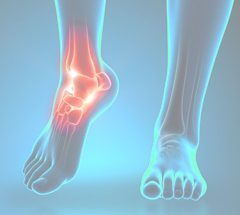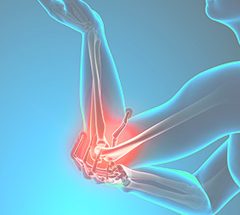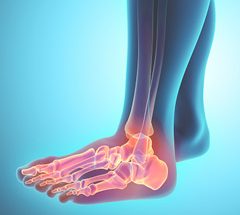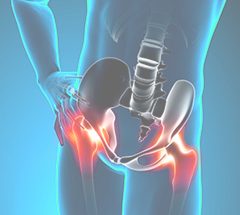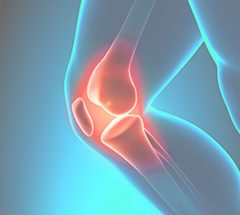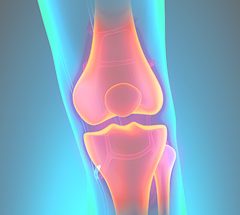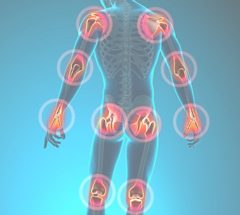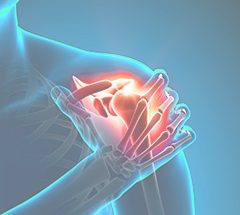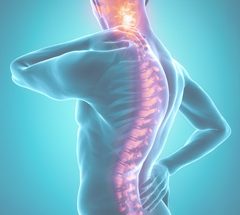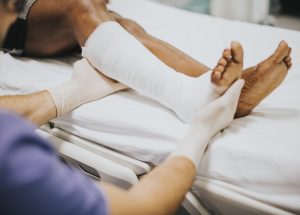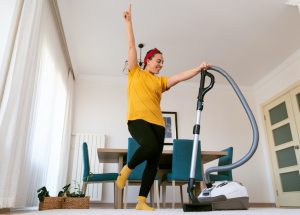Foot
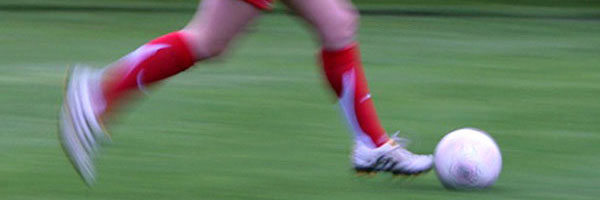
Feet are our foundation. The rest of our body relies upon them for stability. They allow us to move and absorb shock when we walk, run, or jump. When you experience pain from a foot condition you may not able to participate in the activities that you, your family, and friends enjoy. It’s hard to walk and perform everyday functions, let alone exercise if you are suffering from foot pain.
Adult foot health requires continual maintenance. Children’s feet face their own unique complications due to rapid growth. Pregnancy also leads to different foot changes and issues. A variety of conditions can afflict the foot, and learning more about the causes, symptoms, and treatments can help you determine the best option to return to a pain-free life.
The Framework of the Foot
Our feet are a biomechanical marvel consisting of bones, muscle, tendons, and ligaments. There are three main sections that make up the foot.
- Hindfoot: The back of the foot consists of the shin bone (tibia) and its smaller counterpart bone (fibula) running alongside it, connecting to the highest foot bone (talus). The largest bone in the foot, the heel bone (calcaneus), is connected by the Achilles tendon to the calf muscle.
- Forefoot: The ends of our feet include the toe bones (phalanges) and the long bones connecting them to the rest of our feet (metatarsals). The posterior tibialis muscle is responsible for the arch of the foot while the anterior tibialis muscle helps with upward rotation.
- Midfoot: The plantar fascia ligament creates the arch on the bottom of the foot from heel to toes and can stretch or tighten to enable walking and supply balance. The cuneiform, cuboid and navicular tarsal bones make up the arch. The peroneal tibialis muscle is in charge of movement on the outside of the ankle.
With 26 bones and 33 joints in the feet, there’s a lot of room for injury. Damage to the feet can lead to many other complications with the rest of the body, including knee, hip, and back problems. Because feet provide our body’s groundwork, it’s essential to take care of them.
What Do Healthy Feet Look Like? Try a Self-Evaluation:
- Pain: Do your feet hurt? From top to bottom, toes to heels, there should be no pain in your foot.
- Circulation: What color are your toes? Look out for blue, purple, pink, or red. Try pressing on your big toe until it becomes whiteish, then release. As the blood flow returns to your toe it should take on its regular color again within 2-5 seconds, otherwise, there may be issues with your circulation.
- Skin: Do your feet have any calluses, rashes, corns, or blisters? If so, check your footwear to make sure they match the shape of your foot. Use your hand to check inside your shoe for any rips or tears that correspond to where your foot issues are located.
- Flexibility: Are your feet as flexible as they should be? A good benchmark for proper toe flexibility is to try and pick up a rag with them. If you’re not quite there yet, these exercises should help.
At ProOrtho, our highly trained Eastside orthopedic surgeons provide comprehensive care of foot conditions caused by sports-related injuries, fractures, deformities, congenital defects, and disease processes affecting the joints and tendons.
Our physicians specialize in treatments and surgical procedures that include:
- Bunions, hammertoes and claw toes
- Lapiplasty bunion correction
- Flat foot deformities
- Foot arthritis
- Foot trauma, including fractures and sports-related injuries
- Heel pain and plantar fasciitis
- Reconstructive foot surgery
- Revision foot surgery
- Tendinitis
We encourage you to learn as much as much as you can about your condition and seek early treatment. By educating yourself about foot health and consulting with our expert orthopedic surgeons, you can maintain or return to your energetic lifestyle.
You may also find the following resources from the American Orthopaedic Foot & Ankle Society and the American Academy of Orthopaedic Surgeons helpful:



